Caso de sucesso da implementação da tecnologia SLS com Sinterit Lisa no bureau de serviços
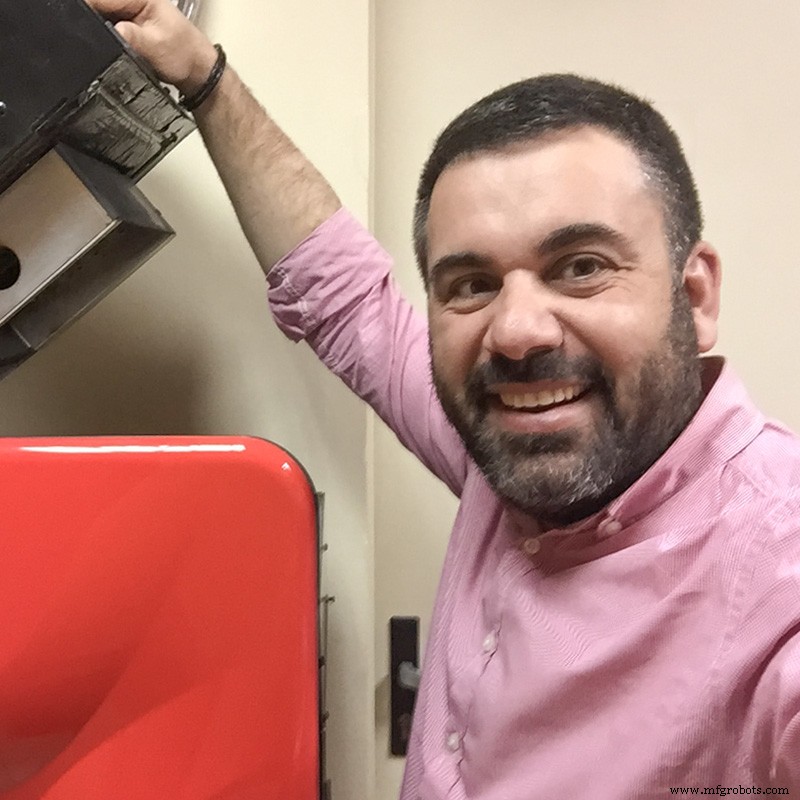 Desde seu lançamento no mercado, a impressora Sinterit Lisa tem sido uma revolução. É a primeira impressora SLS acessível em formato de mesa. Sua alta qualidade, facilidade de uso, baixo preço e tamanho compacto o tornaram um nicho em setores onde até recentemente era considerada inviável a introdução dessa tecnologia.
Desde seu lançamento no mercado, a impressora Sinterit Lisa tem sido uma revolução. É a primeira impressora SLS acessível em formato de mesa. Sua alta qualidade, facilidade de uso, baixo preço e tamanho compacto o tornaram um nicho em setores onde até recentemente era considerada inviável a introdução dessa tecnologia. Um desses setores é o bureau de serviços , empresas que prestam serviços a outras empresas e que podem ser tanto de design, engenharia ou consultoria. Uma das peculiaridades desse tipo de negócio é que geralmente estão localizados em escritórios. É por isso que tradicionalmente era impossível implementar equipamentos de impressão 3D SLS neste tipo de empresa, por não ter o espaço necessário ou outros requisitos como instalações de gás ou alimentações elétricas de alta potência.
Isso fez com que muitas empresas, como estúdios de design, consultorias de engenharia ou pequenas empresas de prototipagem, tivessem historicamente que recorrer à terceirização dessa tecnologia, com os custos que isso acarreta.
Um desses exemplos são as pequenas empresas de prototipagem, geralmente limitadas ao uso de FDM ou SLA. Entrevistamos o diretor técnico de uma delas e ele nos contou sobre sua experiência em agregar a tecnologia SLS ao seu portfólio de serviços ao adquirir uma impressora 3D SLS Sinterit Lisa.
F2P: Bom dia Eloy. Você poderia nos contar um pouco sobre sua trajetória profissional e sua experiência no mundo da impressão 3D e prototipagem?
E.B.: Há 11 anos sou Diretor Técnico da Eceleni, empresa que se dedica ao fabrico de protótipos e pequenas séries, mas as minhas origens vêm do design industrial, tanto no design de produto como no design de moldes. A primeira vez que vi uma estereolitografia foi há mais de 20 anos, quando trabalhava como designer em uma oficina de moldes. A verdade é que o cliente que o trouxe não nos deixou nem tocou nele. Naquela época ninguém falava sobre impressão 3D, apenas estereolitografia.
F2P: Na Eceleni você trabalha tanto na manufatura subtrativa (usinagem CNC) quanto na manufatura aditiva (impressão 3D) e formativa (moldes rápidos de silicone). O que você acha que a impressão 3D pode oferecer em relação a outras tecnologias?
E.B.: In most cases, 3D printing makes it possible to manufacture geometries that could not otherwise be manufactured (for example Lattices or Voronoi) and immediacy when manufacturing short series or prototypes. Although it is true that in relatively large pieces, both the term and the cost are better for machining, and depending on the quantity, training techniques are still the best option.
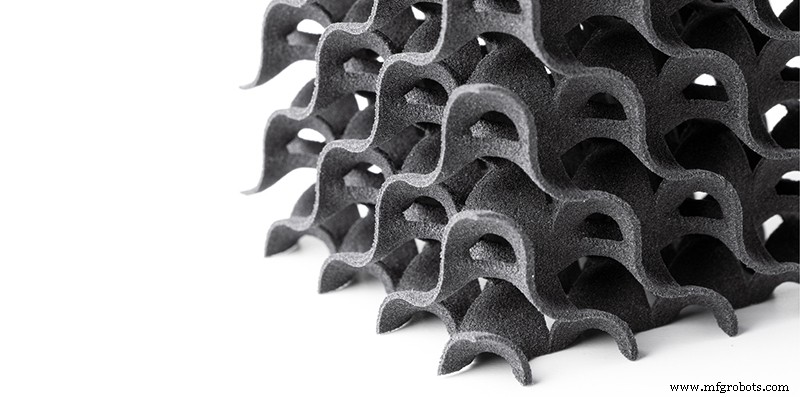
Image 1:Lattice printed with Sinterit Lisa
F2P: Currently you offer 3D printing through Polyjet, FDM and SLS, what does the latter give you compared to the other two?
E.B.: SLS technology has a better surface finish than FDM technology and superior mechanical resistance than PolyJet. For example, the elastomers manufactured by SLS have a superior resistance to breakage than Polyjet's flexible resins.
F2P: Among your equipment you have the Sinterit Lisa 3D SLS printer, could you tell us why you have chosen this SLS 3D printer and not another model that is available on the market?
E.B.: Compared to other options in SLS, it is the best value for money. If instead of being an additive manufacturing service bureau, it were for our own use, we would also have one.
F2P: Sinterit Lisa stands out for being the first SLS 3D printer in desktop format, has this influenced your decision to purchase it? Has this format been of any advantage to you compared to classic industrial formats?
E.B.: Although it does not have the largest bucket on the market, that for many manufactures is a point in favor, since the minimum amount of material is wasted, and the cooling time is much shorter than large machines, so the piece in a shorter time. Depending on the type of part to be manufactured in SLS, we manufacture them without hesitation in the Lisa.
F2P: Could you tell us what your first contact with Sinterit Lisa was like? Has the installation been simple or have you had any problems?
E.B.: Sinterit Lisa comes ready to be used. It is a robust machine, and ready to go to manufacture once unpacked.
F2P: Traditionally, 3D SLS printing has been considered a complex technology, both at the user and implementation level, compared to other more common ones such as FDM. After using Sinterit Lisa, do you consider this to be true? Compared to an FDM printer, do you find using Lisa much more complicated?
E.B.: I suppose they are considered more complex because SLS 3D printers have always been large industrial machines, which, not being as visual as FDM, are understood to be more complex, but in the case of the Sinterit Lisa printer, nothing is further from reality. .
F2P: Sinterit Lisa comes with her own slicing software, Sinterit Studio. How has your experience been with this software?
E.B.: Sinterit Studio is very, very, very easy to use. Even more so than FDM slicers, as you don't have to consider where to put the brackets.
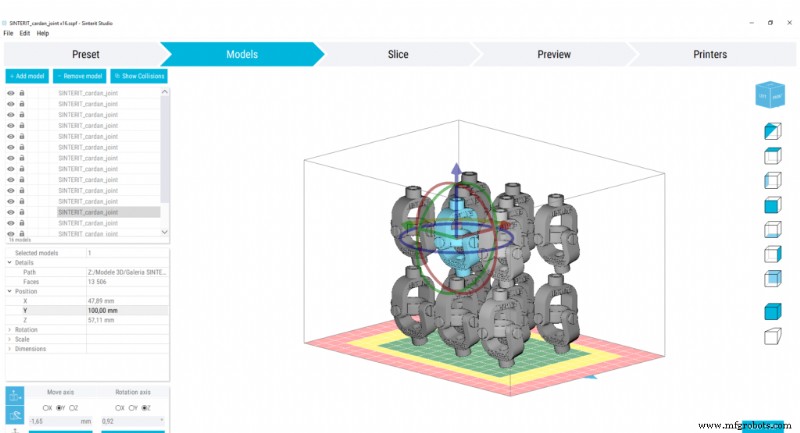
Image 2:Sinterit Studio user interface
F2P: How difficult would you say it is compared to other printers you have worked with?
E.B.: The Sinterit Lisa is a very grateful machine:it does not have complex mechanics and you do not have to worry about the material jamming. The great secret to having good impressions on the Sinterit Lisa is to put the piece in the most irregular position possible, even if it takes a little longer.
F2P: One of the strengths of Sinterit products is their conception as Plug-and-Play equipment. Would you consider this true? Since you received the printer, has it been difficult for you to adopt the workflow and start producing with it?
E.B.: Sure enough, it was plug and play. Being a closed machine, you only have to load the material and print, without further complications. In addition, thanks to the camera installed in the printer, you can verify its operation from the workplace.
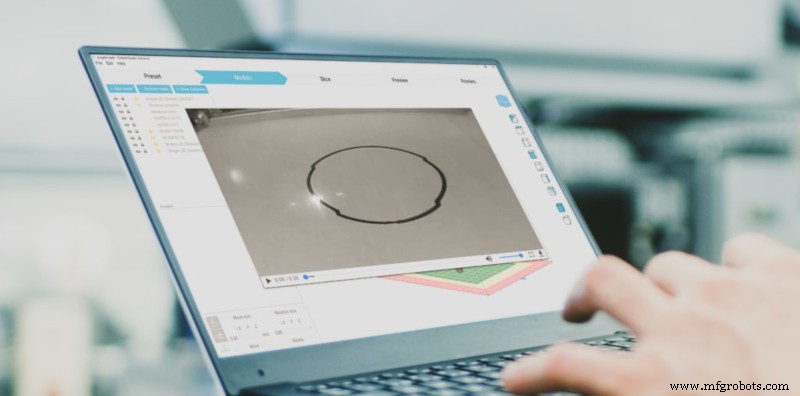
Imagen 3:Supervisión de la impresión a través de la cámara integrada
F2P: After this time with Sinterit Lisa, what would you highlight about her? Do you consider it to have been a successful acquisition?
E.B.: Very successful! We are currently working a lot with the Flexa Gray material, which allows us to make TPU pieces with different hardnesses. It often happens that when a client sees the parts in PA12 in dark gray, she asks if they have been made with the MFJ. It is the same material, and the same color, although with better mechanical properties.
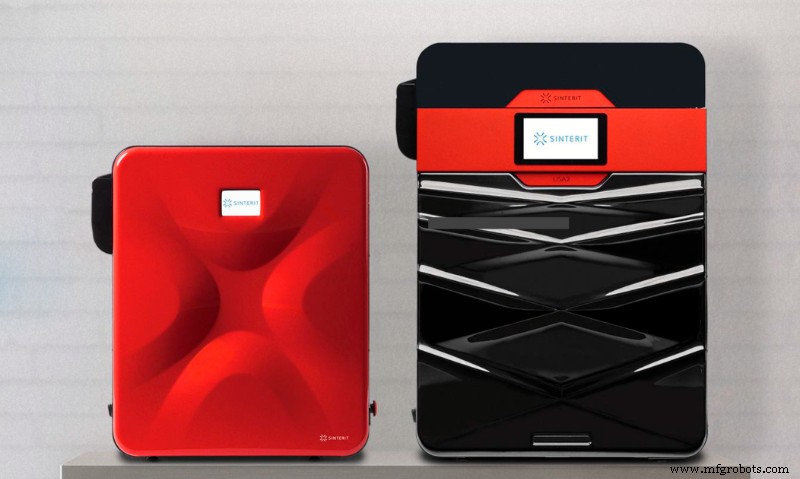
Image 4:Lisa and Lisa Pro 3D SLS Printers
Being able to implement 3D SLS printing equipment in the service bureaus ' own facilities can mean a very significant increase in value for this type of business. Leaving the outsourcing of 3D SLS printing services means, in addition to significant cost savings in the short and medium term, time savings that increase responsiveness to the customer.
Without a doubt, both Lisa and Lisa Pro have become a benchmark in the world of 3D printing, which has led more and more offices and service bureaus to opt for this technology with satisfactory results.
impressao 3D
- ACEO® revela nova tecnologia para impressão 3D com silicone
- Entrevista com um especialista:Dr. Bastian Rapp da NeptunLab
- Uma introdução à impressão 3D com sinterização seletiva a laser
- 5 razões pelas quais sua empresa deve considerar a tecnologia SLS
- 5 sinais que seu escritório de serviços de impressão 3D precisa de software de fluxo de trabalho
- KUHMUTE redesenha mobilidade com impressão 3D SLS
- Como um Bureau de Serviços de Manhattan foi ampliado com o fusível 1
- Na estrada com IoT
- Ser versátil com IoT
- Melhorando as operações de mineração com tecnologia inteligente



